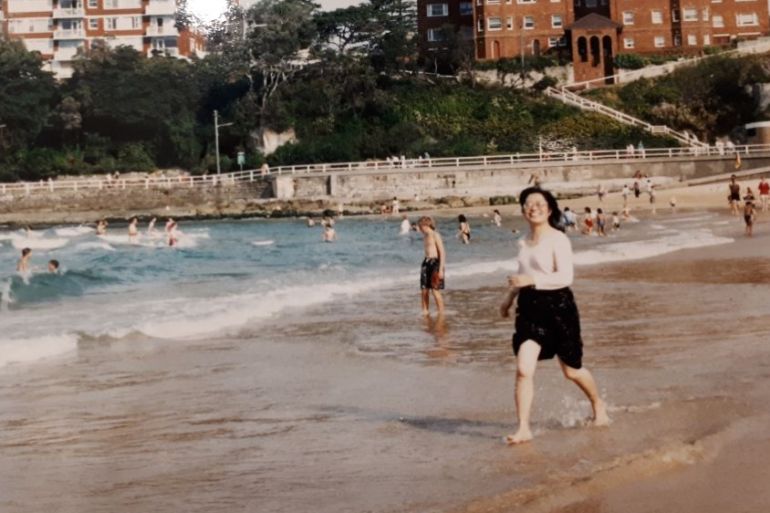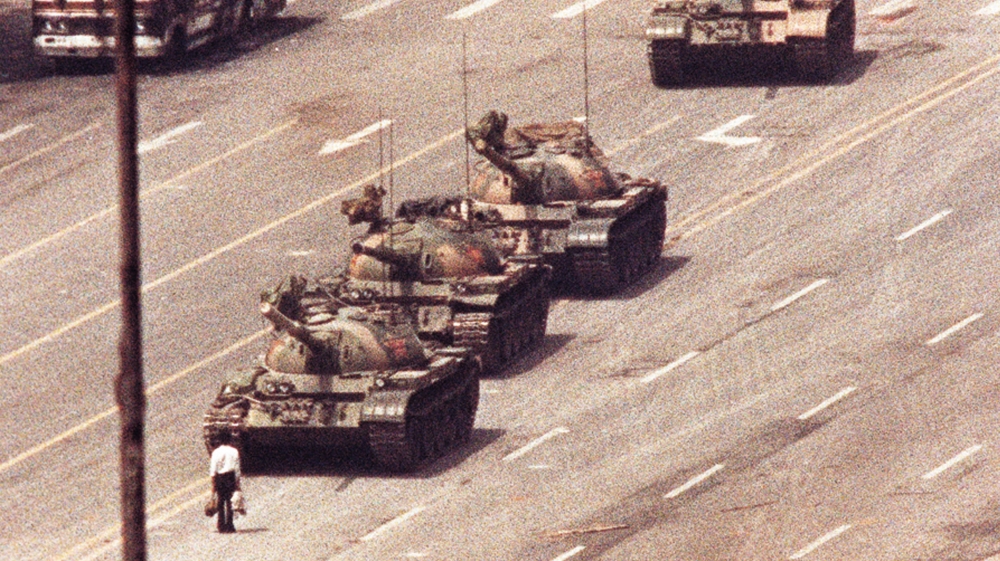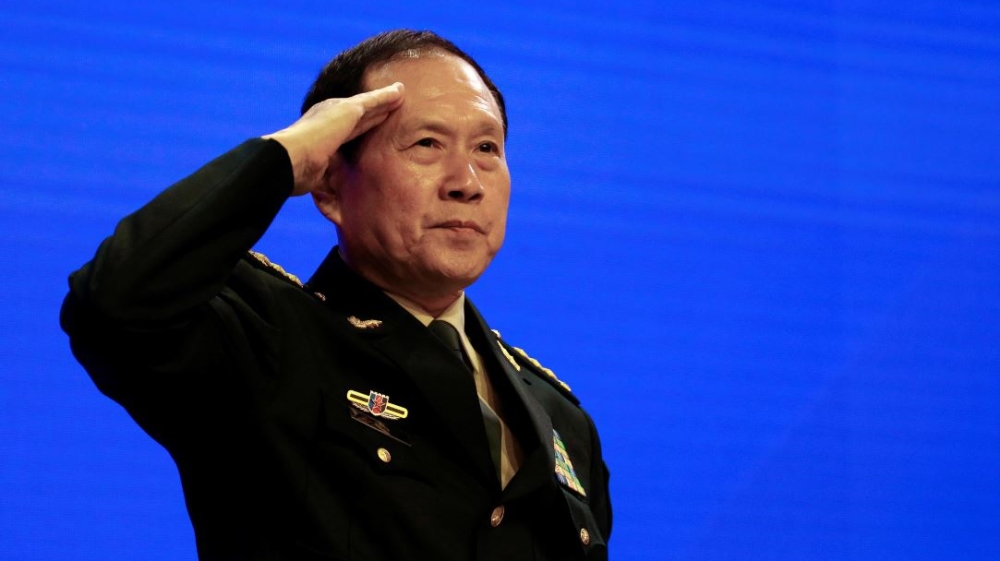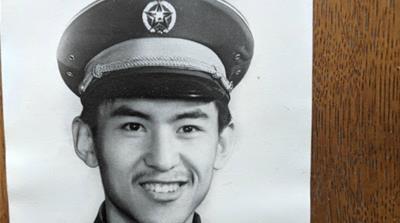The Australian Chinese granted residency after Tiananmen Square
Thousands of Chinese studying in Australia at the time of the 1989 killings were allowed to stay and build new lives.

Sydney, Australia – Six days after the event now known as the Tiananmen Square massacre of June 4, 1989, Bob Hawke, the then-prime minister of Australia, addressed a memorial service at the national parliament in Canberra.
With some 500 Chinese students present, a teary Hawke told the crowd that “thousands have been killed, victims of a leadership that seems determined to hang on to the reins of power at any cost. An awful human cost.
“[Chinese troops] had orders that nobody in the square be spared, and children … young girls were slaughtered as mercilessly as the many wounded soldiers from other units there,” he said in a speech now immortalised in Australia’s political history.
“Tanks then ran backwards and forwards over the bodies of the slain, until they were reduced to pulp, after which bulldozers moved in to push the remains into piles, which were then incinerated by troops with flame throwers.”
While human rights groups estimate that hundreds or even thousands of students may have been killed in the crackdown against the pro-democracy protests, China has never provided a death toll.
Speaking at a major security summit in Singapore on Sunday, China’s Defence Minister Wei Fenghe said the protests were “political turmoil that the central government needed to quell, which was the correct policy.
“Due to this, China has enjoyed stability, and if you visit China you can understand that part of history,” he told attendants at the Shangri-La Dialogue.

‘Grateful to Hawke’
Hawke, who passed away on May 16 just weeks before the 30th anniversary of the massacre, made the unilateral decision in 1989 to let the 27,000 Chinese students present in Australia stay.
His government would then go on to grant a total of 42,000 permanent visas for Chinese students.
For Frank Bongiorno, a historian at the Australian National University, Hawke’s decision “came out of a sense of great disappointment in the Chinese leadership, because he’d emphasised friendly relations with China”, as well as “his image of Australia as a compassionate society”.
Chinese students began to enter Australia in the early 1970s, after Prime Minister Gough Whitlam established diplomatic relations with communist China.
Maree Ma’s mother, Ling Xie, was one of them, coming to Sydney in the 1980s to study English.
“She’d gone through the Cultural Revolution in China, so she really wanted to get out anyway … but I think when the Tiananmen Square massacre happened it really shocked everyone,” Ma said.
Ma and her father were still in China in June 1989. They would not be reunited with her mother until 1993, when Ma was eight years old. Xie needed to work three jobs to provide for her family, but always remained grateful to Hawke for offering a safer life for her family.
“He’s always been this figure that’s been talked about in the family that really did something incredible,” Ma said. “I think most Chinese that stayed because of his visa extension, they would be very, very grateful to him.”
Ma is now the general manager of Vision Times, an independent, Chinese-language publisher which releases newspapers in five Australian cities and several online platforms. It is one of the only local Chinese publications not owned by figures associated with the Communist Party.
“Mum says the thing she wishes for me to do is to give back to this country, just like this country has given us so much as a family,” Ma said.
|
|
‘Inconceivable today’
Australia’s first major wave of Asian migration had come with Indochinese refugees during the late 1970s and early 1980s, a pivotal step away from the racist White Australia Policy that had lasted until 1973.
“Australia, in a whole range of ways, becomes a more Asian country during the 1980s in terms of its demographic composition, in terms of its trading patterns,” said Bongiorno, the professor.
Australia-based social scientists Mobo Gao and Xian Liu wrote in a 1998 study that “during the period of protest [at Tiananmen Square], most Australians were inclined to support the students in Beijing and to sympathise with Chinese students in Australia.”
Nevertheless, raising Australia’s immigration intake, particularly from Asia, faced opposition.
Opinion polls showed that much of the population was concerned about the rate at which immigration was rising. Several prominent figures on the political right including prime minister-to-be John Howard publicly questioned Australia’s welcoming of large numbers of people from Asia. Hawke stood his ground against such criticism.
“The way in which Hawke’s being remembered fondly over this is in contrast with the less generous attitude that Australia has generally taken to refugees, to asylum seekers since the early 1990s,” said Bongiorno.
“It’s inconceivable that an Australian government would make a decision like that today.”
Hawke told the Guardian in 2015 that he had acted unilaterally: “I have a deep love for the Chinese people … I had no consultation with anyone. I was told: ‘You cannot do that, prime minister.’ I said to them, ‘I just did. It is done.'”

‘Conclusion to that incident’
Asked whether the ruling Communist Party would commemorate the 30th anniversary, a spokesman for China’s defence ministry told reporters in Beijing this month that what took place on June 4 three decades ago was not “suppression”.
“In the last 30 years, the course of China’s reforms, development and stability, the successes we have achieved have already answered this question,” Wu said.
At the Shangri-La Dialogue over the weekend, Wei, the Chinese defence minister, said: “Throughout the 30 years, China under the Communist Party has undergone many changes – do you think the government was wrong with the handling of June 4th?
“There was a conclusion to that incident. The government was decisive in stopping the turbulence.”

Xiaoling Li was a member of the People’s Liberation Army in 1989. He did not participate in the killings but witnessed the aftermath of the violence at Tiananmen Square. “I found trousers with bullet hole and a cloth with blood,” he told Al Jazeera.
He would later leave the army and come to Australia as an international student in 2000. “I think only in Australia l can get better life for my family and I am free to talk about the massacre,” Li added.
His guilt about the events has led to a desire to raise awareness about the atrocities of June 4, including donating several items to the Immigration Museum in Melbourne.
After he made a speech about the Tiananmen Square massacre in the United States in 2003, Li’s “circumstances changed”, and the Australian government granted him asylum.
“I just like all the other Chinese students want to have a better life, especially for my son I don’t want my son to be killed when he grows up to peacefully protest. And most importantly I want the whole world to know exactly what really happened in Beijing, 1989.”